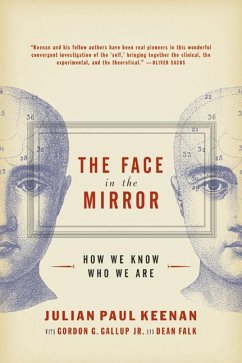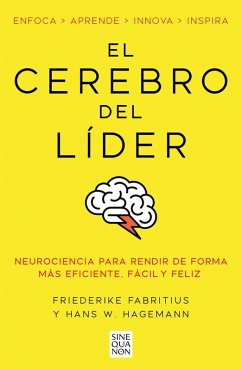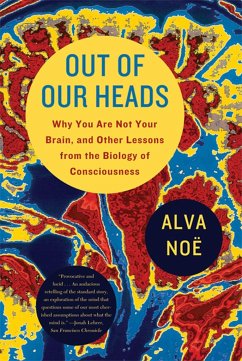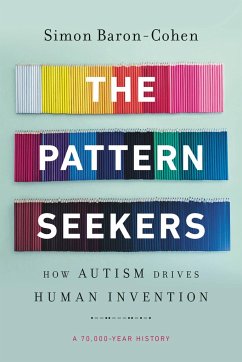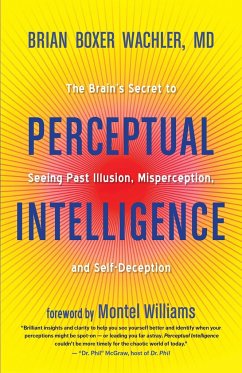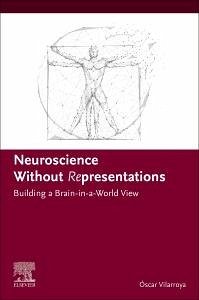
Neuroscience Without Representations
Building a Brain-In-A-World View
Versandkostenfrei!
Versandfertig in über 4 Wochen
133,99 €
inkl. MwSt.

PAYBACK Punkte
67 °P sammeln!
In Neuroscience Without Representations, an Open Access book, Oscar Vilarroya addresses the notion of "representation" as used in expressions like "neural representation" or "mental representation". This concept is fundamental in neuroscience, yet there remains no clear, universally accepted view on what it means for a nervous system to represent something, what constitutes a neural activity as a representation, and what is being re-presented. The book lays the foundation for a non-representational view of brain function. Building upon György Buzsáki’s critique of the theoretical framework...
In Neuroscience Without Representations, an Open Access book, Oscar Vilarroya addresses the notion of "representation" as used in expressions like "neural representation" or "mental representation". This concept is fundamental in neuroscience, yet there remains no clear, universally accepted view on what it means for a nervous system to represent something, what constitutes a neural activity as a representation, and what is being re-presented. The book lays the foundation for a non-representational view of brain function. Building upon György Buzsáki’s critique of the theoretical framework underlying current cognitive neuroscience, Vilarroya argues that disciplines such as embodied and embedded cognition-collectively known as ‘4E cognition’-are driving a paradigm shift in our understanding of animal cognition. Rather than grounding cognition solely in representations, the author proposes an alternative: understanding cognition as enaction-the meaningful engagement of an organism to address situational requirements. The book supports this approach through detailed analyses of recent studies.






